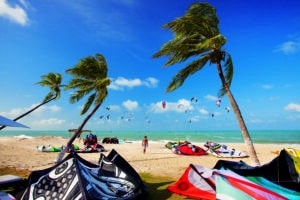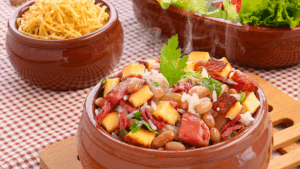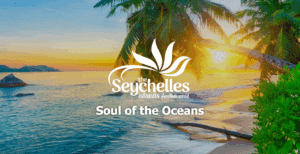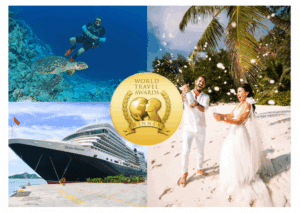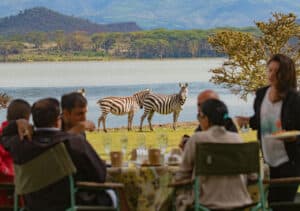
The fjords, snow, and nights illuminated by the Northern Lights in Northern Norway are a spectacle, but the country also captivates through its gastronomy. From breakfasts in hotels and lodges to restaurants and markets along the way, Arctic cuisine is so different from Brazil’s that it becomes part of the list of attractions to be discovered and experienced every day.
Northern Norway Travel (NNT), a DMC in the heart of the Arctic, organizes tailor-made itineraries in Northern Norway that include the Northern Lights and the country’s stunning landscapes, all enriched by the local gastronomy.
Gastronomy Born from the Waters
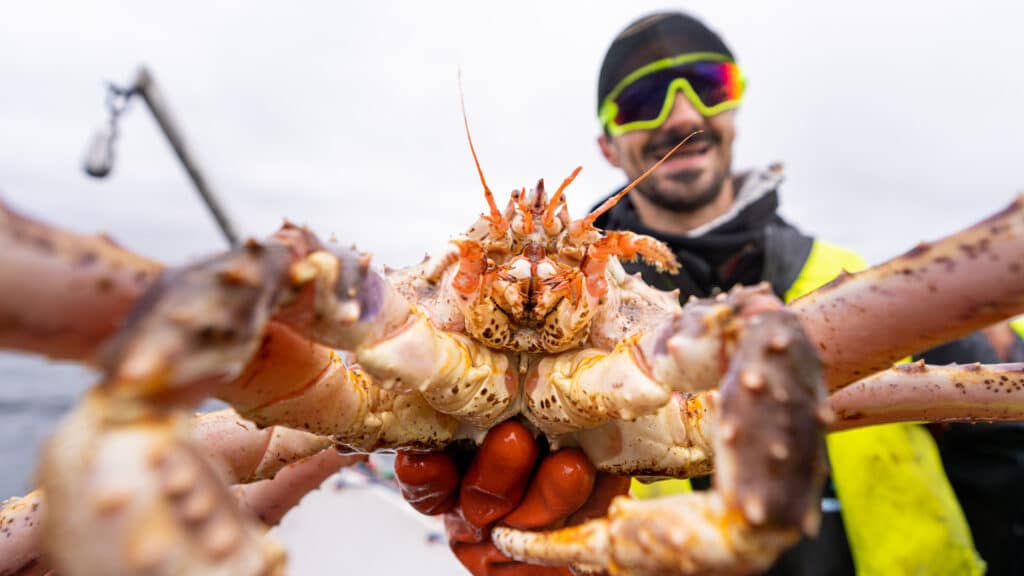
Fresh fish and seafood come from the icy Arctic waters, such as Norwegian cod (skrei), Arctic salmon, and king crab. Climate, seasonality, and the use of traditional techniques turn these ingredients into delicacies. The king crab, for example, is one of the most valued in the world, famous for its size — reaching up to one meter in leg span — and for its sweet, tender meat.
The skrei, also renowned for its high quality, is found only in Northern Norway and is available only from January to April, when the fish arrives on Norway’s northern coast to spawn after traveling about 1,000 km from the Barents Sea. Thanks to this long journey, its meat is firmer and more robust than common cod.
Another iconic fish in the north is the tørrfisk, air-dried cod. It is one of Norway’s oldest export products and, in Lofoten — the birthplace of the dry cod tradition — wooden racks filled with hanging fish are part of the landscape, connecting visitors to the region’s tradition and maritime history.
From Sea to Land
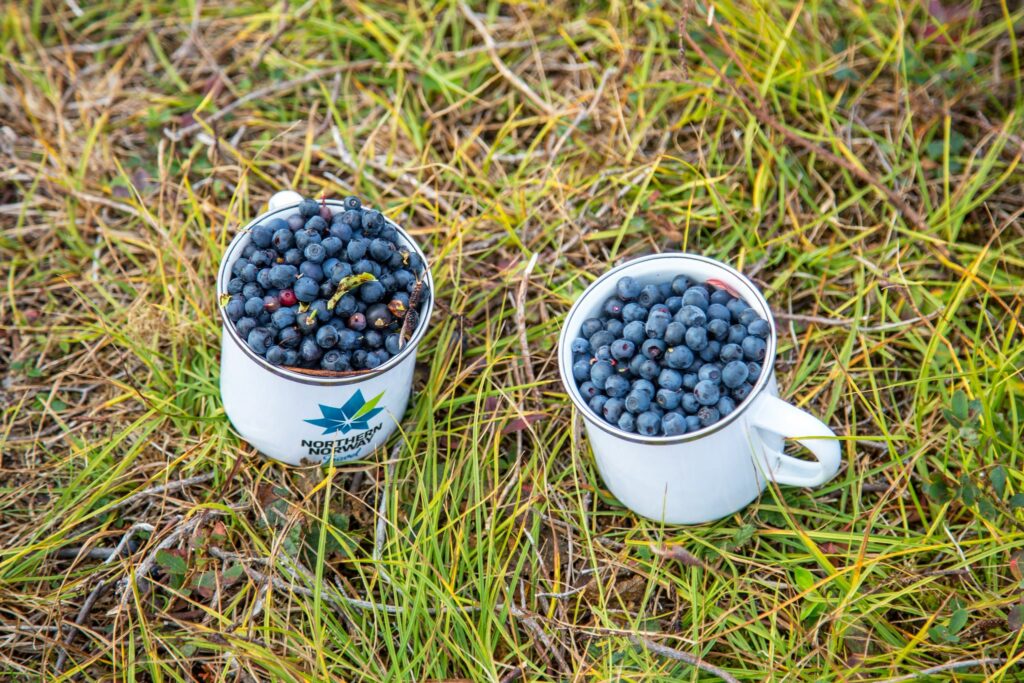
Growing fruits and vegetables in the Arctic is challenging due to the harsh climate and the short growing season. However, the constant summer sunlight makes up for it, producing high-quality crops such as potatoes, root vegetables, and strawberries with intense, unique flavors — much appreciated by local chefs who value fresh, seasonal ingredients.
Wild berries such as cloudberries and lingonberries star in traditional Northern Norwegian sweets like jams and multekrem (cloudberry cream). Local delights also include Kvæfjordkake, known as “the world’s best cake” and considered Norway’s national cake, as well as Møsbrømlefse, a traditional sweet from the Bodø/Salten region.
At the Restaurants
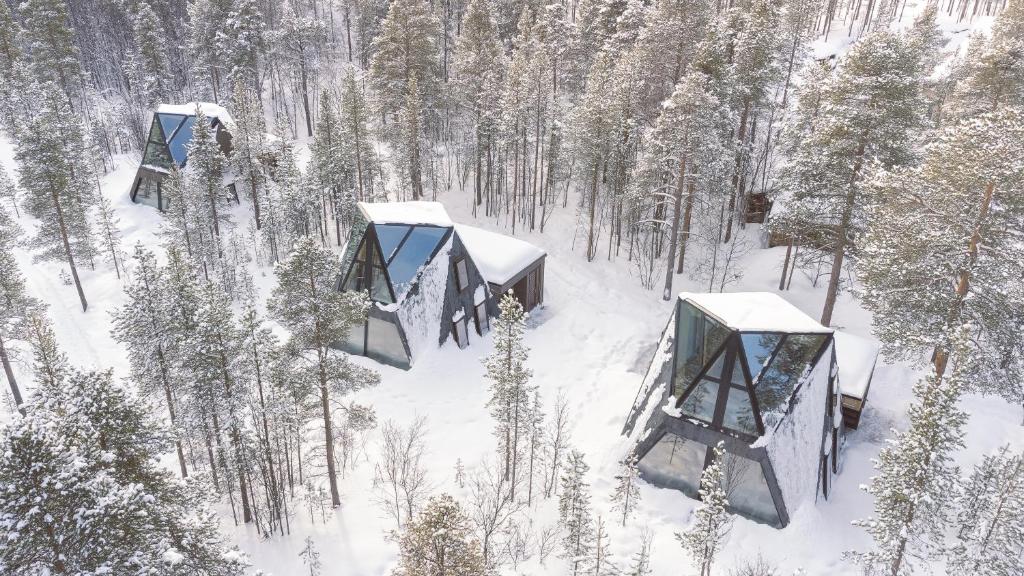
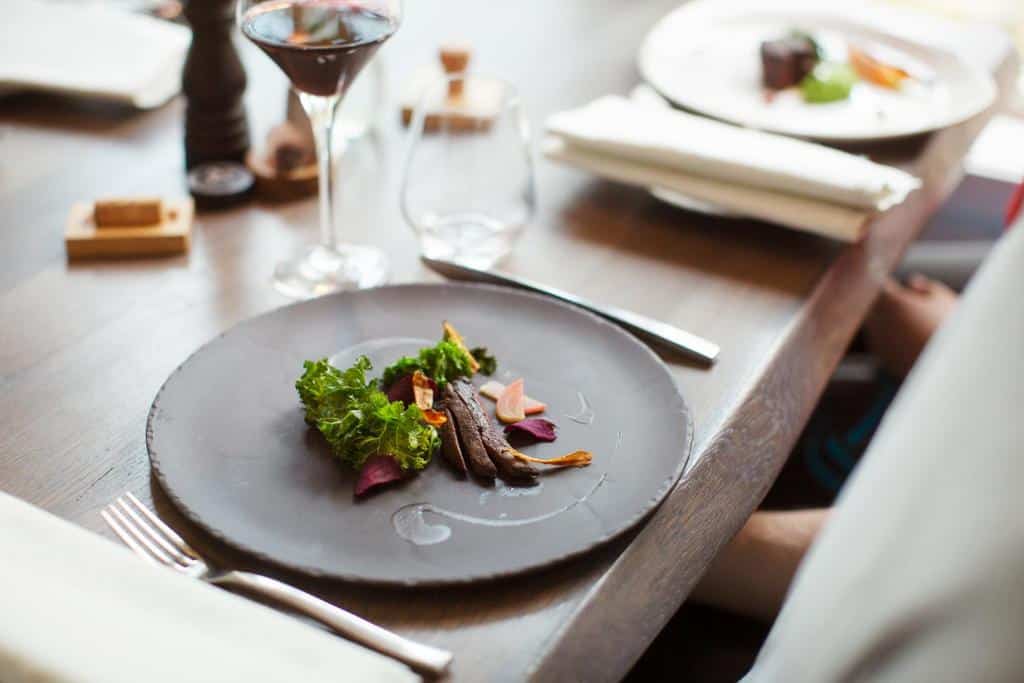
Traditional techniques like smoking, curing, and fermenting blend with contemporary Nordic cuisine, resulting in high-level gastronomic experiences. Many restaurants in the region offer seasonal menus inspired by what nature provides throughout the year, creating a direct link between visitors and the land.
While the Arctic’s best gastronomic experiences are often found in cities, more remote places also serve high-quality food in rustic, immersive settings.
One example is the restaurant at Trasti & Trine hotel in Alta, in the Finnmark region. Its menu reflects local and seasonal ingredients, using vegetables from the garden, wild berries picked in the mountains and forests, and meat from well-cared-for animals raised in the forest, on local farms, or sourced from the sea.
It’s proof that unique landscapes and authentic flavors can come together to enhance the travel experience — whether under the Northern Lights in autumn and winter, or while enjoying scenic roads, fjords, and waterfalls during the warmer months.
To learn more about Northern Norway Travel, visit the official website and follow the training sessions on the Bureau Mundo platform.


